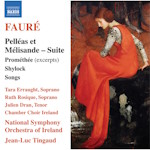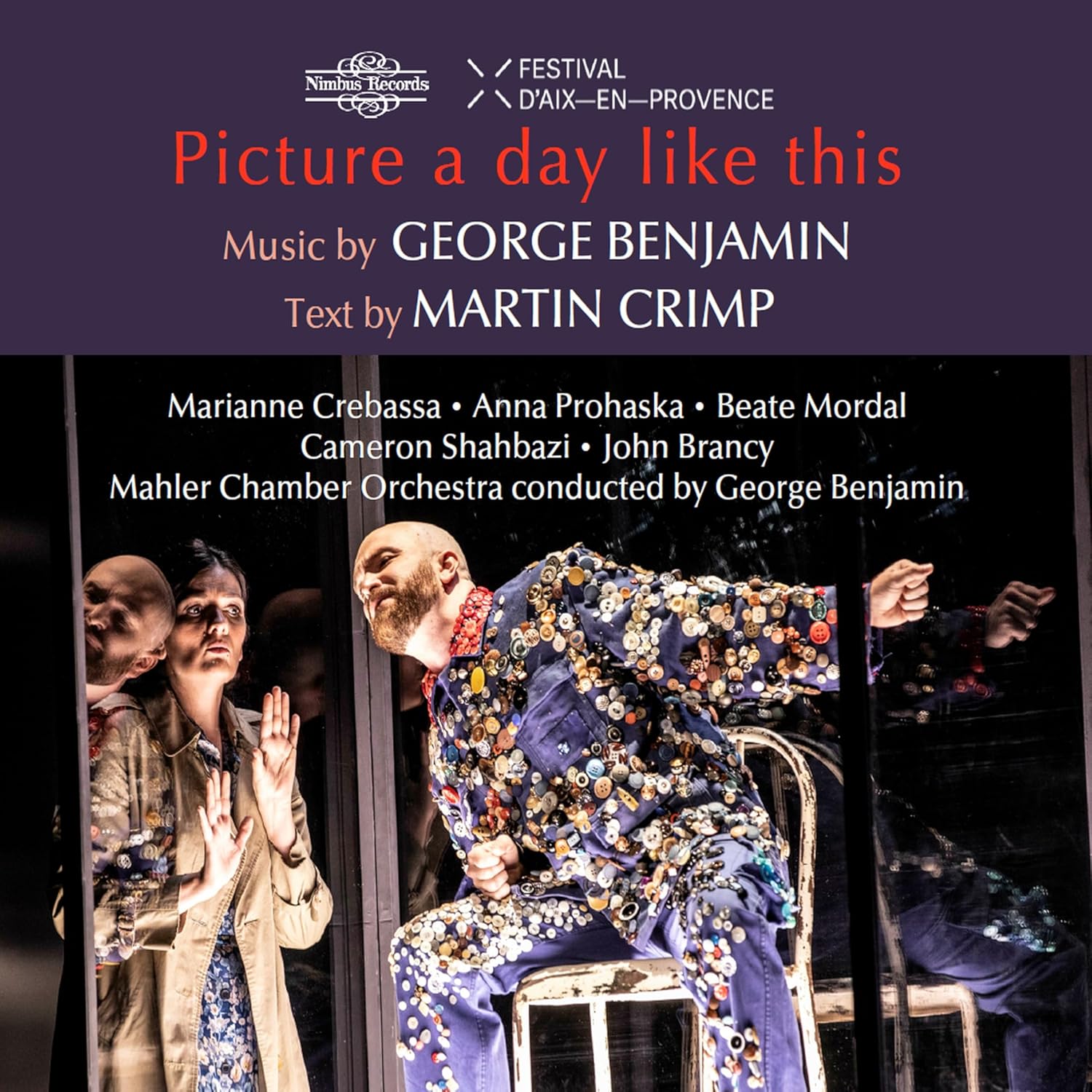
Olivier Messiaen (1908-1992)
Quatuor pour la fin du Temps (1941)
Davide Bandieri (clarinet), Lisa Schatzman (violin), Joël Marosi (cello), Marja-Liisa Marosi (piano)
rec. 2023, Auditorium di Santa Cecilia, Perugia, Italy
Brilliant Classics 95393 [51]
The story of how Messiaen wrote his Quatuor pour la fin du Temps in a German prisoner of war camp and performed it with three colleagues before the audience of his fellow prisoners has become legendary. The work itself, though assembled piecemeal and incorporating two earlier works, presumably transcribed from memory – the fifth and eighth movements – has become one of the composer’s most celebrated, by far the best of his few chamber works and the work I would use to introduce listeners to the composer, as it was indeed my introduction to his music.
The work was inspired by the Revelation of St John at the end of the Bible, from which it takes its title and the titles of some of the movements. Messiaen wrote for himself as pianist and the three other players whom he found in the camp, players respectively of violin, clarinet and cello. However, he does not use all four players in every movement. Only four movements use the whole ensemble. The parts are all challenging for the players, but not for the listener. Here are the eight movements with their titles and instrumentation:
I Liturgie de cristal: all four players
II Vocalise pour l’Ange qui annonce la fin du Temps: all four players
III Abîme des oiseaux: solo clarinet
IV Intermède: violin, clarinet and cello
V Louange a l’Éternité de Jésus: cello and piano
VI Danse de la fureur, pour les sept trompettes: all four players
VII Fouillis d’arcs-en-ciel, pour l’Ange qui annonce la fin du Temps: all four players
VIII Louange a l’Immortalité de Jésus: violin and piano
The opening Liturgie du cristal shows Messiaen’s technique at its most characteristic. The main idea is birdsong, on the clarinet and more quietly also on the violin. The cello has a fifteen note melody, repeated continuously, played entirely in harmonics. The piano also has a repeating sequence. This consists of seventeen note values, highly irregular in pattern, which is applied to a sequence of twentynine chords. (I take these details, and others, from Anthony Pople’s Cambridge handbook to the work.) The listener does not need to know of these refinements but can sense that the music follows an ordered scheme. The clarinet is prominent, with the other strings in the background and the piano supporting. This is clearly indicated in the score and is what we hear in this recording.
The Vocalise which follows is more straightforward. There is a forceful opening and brief close. The bulk of the movement has the two strings, muted, playing one of Messiaen’s long lines in unison two octaves apart, over cascades of chords on the piano while the clarinet is silent. This is beautifully done here, with the piano chords always precise and delicate and the strings never losing warmth in their long lines.
The solo clarinet Abîme des oiseaux has both characteristic Messiaen melodies and also birdsong passages, as well virtuoso skirls and flourishes and several long-held sustained single notes. Davide Bandieri’s clarinet is crisp and precise, wholly accurate in intonation and with a wide expressive range and the sense of fantasy which the composer asked for.
The Intermède, which was the first piece Messiaen wrote for the work, is a gentle scherzo, with the main idea being for the three instruments in unison with a repeating episode which at one appearance features what will be the main theme of the Danse de la fureur, though here differently notated.
The two Louanges each end half the work. Each is a slow meditation for a string instrument and the piano. Each has the string instrument playing a long ecstatic line over repeating chords on the piano and each rises to a climax before dying away. The task for the string player is to keep the line always alive, to manage the very gradual approach to and withdrawal from the climax. They each also go very high on the instrument. Joël Marosi is admirable in this first Louange and the skill and finesse of Marja-Liisa Marosi’s repeating chords on the piano should also not be underestimated.
The Danse de la fureur has for most of its course all four instruments playing in unison, in a fast and irregular rhythm, and was anticipated in the Intermède as I have noted. This performance is very slightly slower than I expect, the players having noted the direction granitique. However, this makes for an effective contrast with the places where Messiaen asks plus vif, and also with the passages of slow blasts which interrupt the piece and lead to the coda.
Fouillis d’arc-en-ciel is the culminating movement and the most complex since the opening Liturgie de cristal. This brings back material from the Vocalise with alternating forceful and lyrical passages, but the lyrical passages keep rising in intensity and at the climax they break out into trills over piano arpeggios. For me, the success of a performance of the Quatuor stands or falls by whether this passage comes off. It does so here.
What I said about the earlier Louange applies to the final one too, with Lisa Schatzman’s violin soaring into the heights, while Marja-Liisa Marosi maintains her dotted chords crisply without ever letting them get soggy.
I have made it clear that this is an admirable performance of Messiaen’s great work. The four players all come from different countries but they all have flourishing careers and seem currently all to be based in Switzerland, which may be where they met. I do not know how many opportunities they have had to play together and to play the Quatuor in particular, but the performance is finely studied and well prepared. There is also no metronomic rigidity: Messiaen’s irregular rhythms come over naturally and they are comfortable with his long lines. The recording is good and the sleevenote helpful.
The Presto website lists seventyfive different recordings of the Quatuor. I have not heard more than a small fraction of these. I was brought up on two classic versions which are, indeed, still available: Marie-Madeleine Petit (piano) and colleagues on Erato and the ensemble Tashi, formed to play this work, with Peter Serkin (piano) on RCA. These are in boxes but you can probably find the individual discs. So there is a multitude of choice. However, if you choose this version, particularly attractive at the Brilliant Classics price, you will not be disappointed.
Stephen Barber
Buying this recording via a link below generates revenue for MWI, which helps the site remain free



















